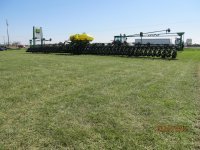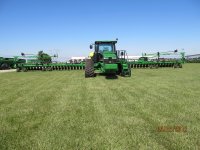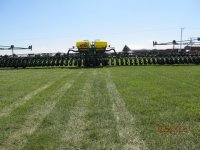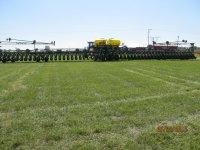Big agriculture isn't the farm that has 10,000 or even 100,000 acres under cultivation. Big agriculture is the companies that provide the equipment, the seed, the chemicals and buy the product -- companies like Deere, Monsanto, ADM, Cargill, Perdue, Tyson, Smithfield. All of them are far, far bigger organizations than even the biggest farms. So are the banks that provide financing. And all of them are effectively monopolies in the markets they serve. By their standards the guys who do the actual growing -- even the biggest ones -- are the little guys.
So why aren't the big guys in the growing business? Farming is risky. A farmer is at the mercy of the weather, energy prices, labor prices, input prices, commodity prices and interest rates. Farming is often physically dangerous work, with unpleasant working conditions and a lot of uncertainty. At the same time, in the production of a finished product there is only a certain amount of profit to be shared among everyone who had a hand in producing it. If you're in the production chain and you have a monopoly position, you can take an oversized share of the profits.
The growers are in a position where they buy their equipment and inputs from monopoly producers like Deere and Monsanto, and sell their products to monopoly buyers like Cargill, ADM, Perdue and Smithfield. The monopolists are perfectly happy to let the growers take all the risk while they enjoy most of the profits.



